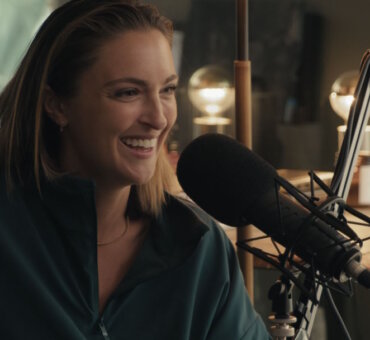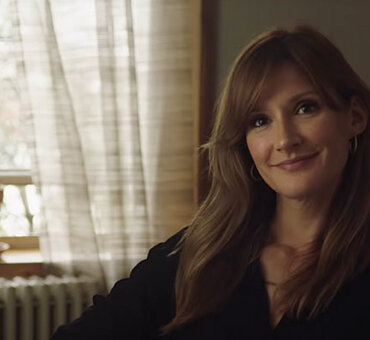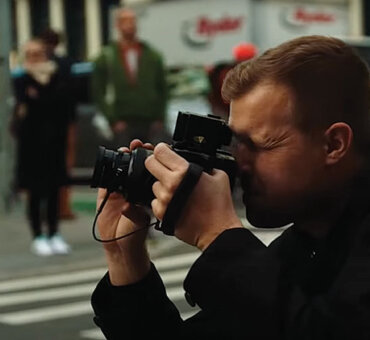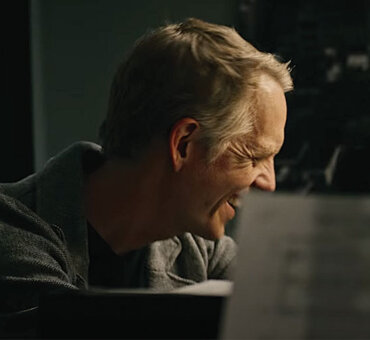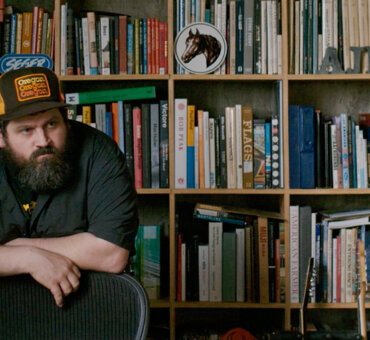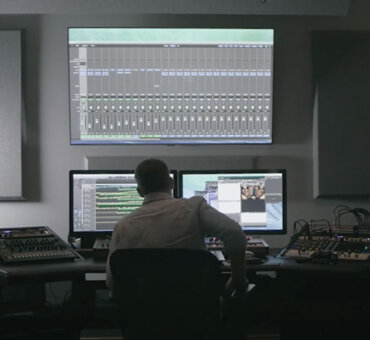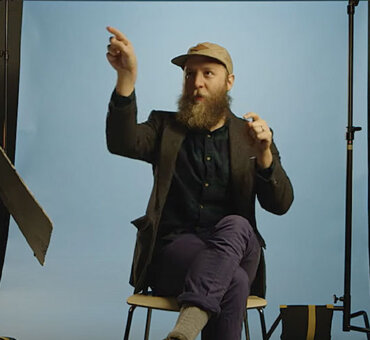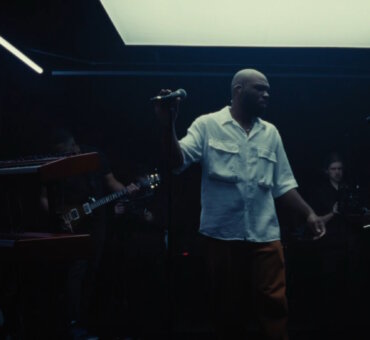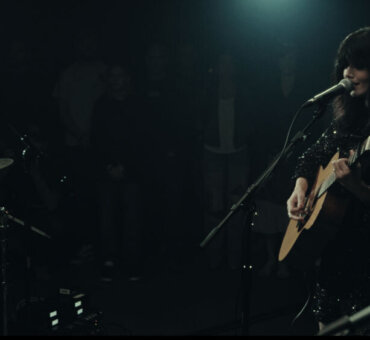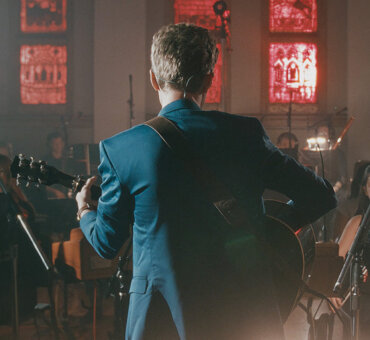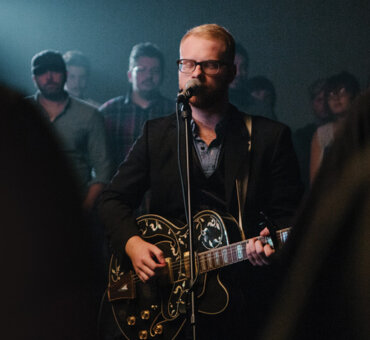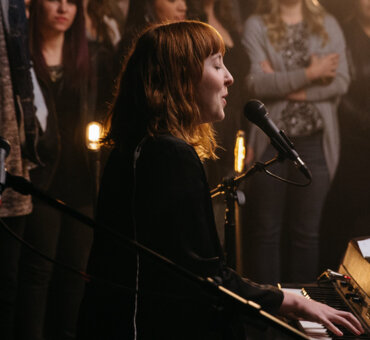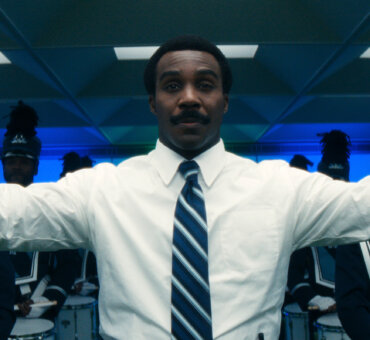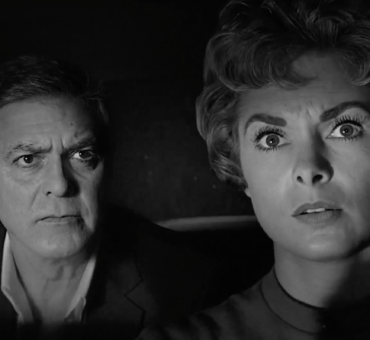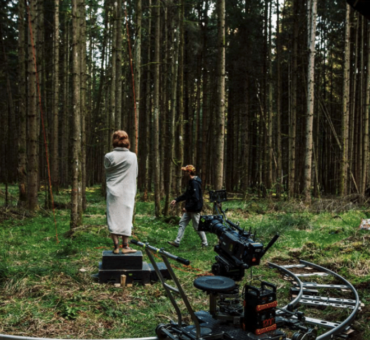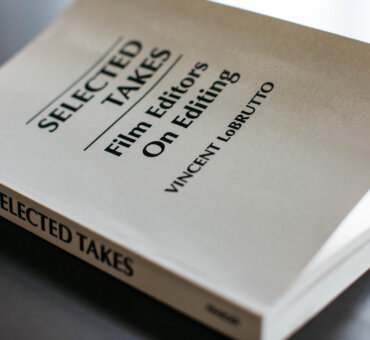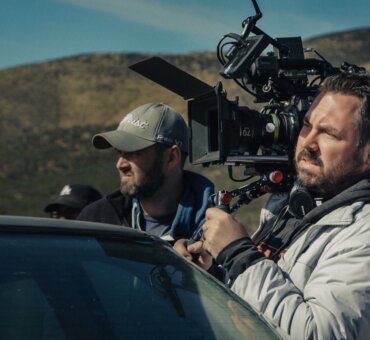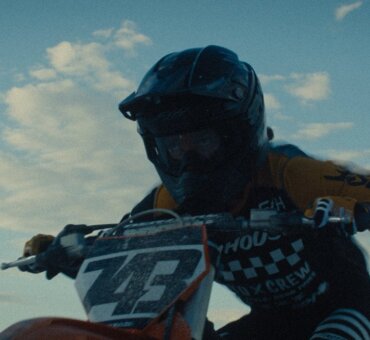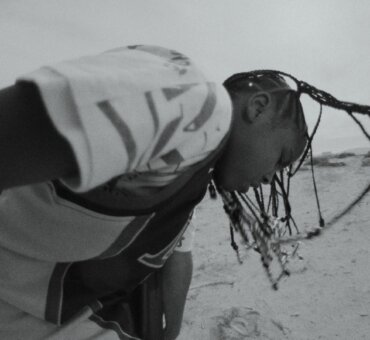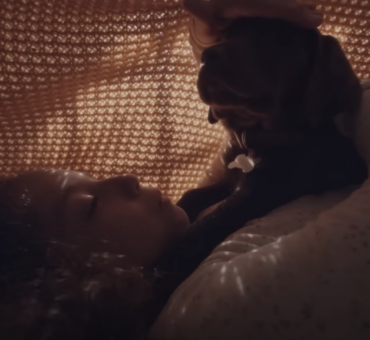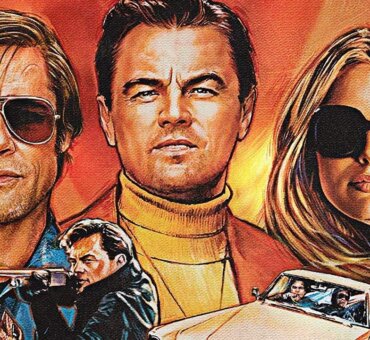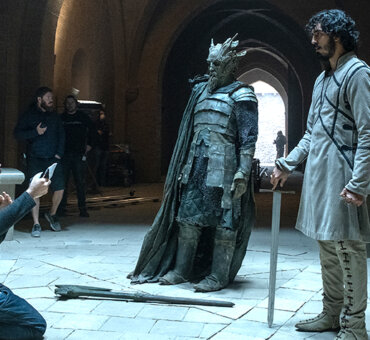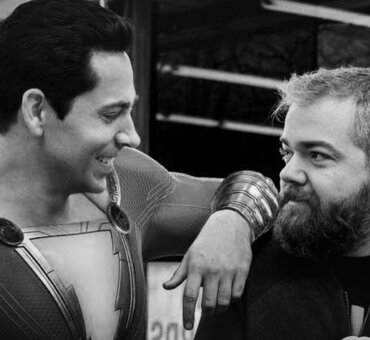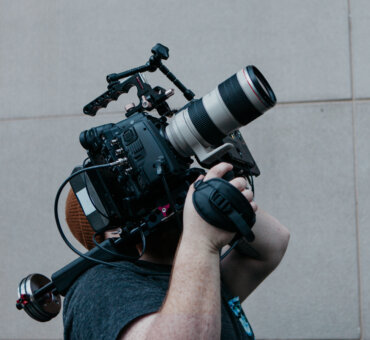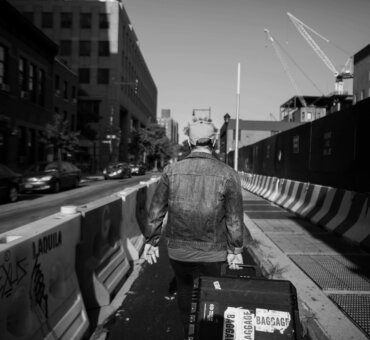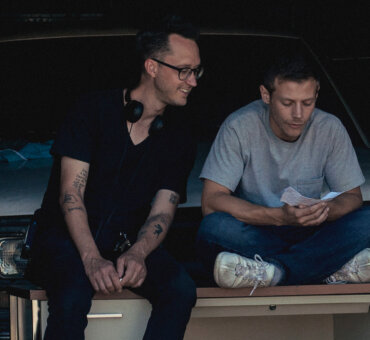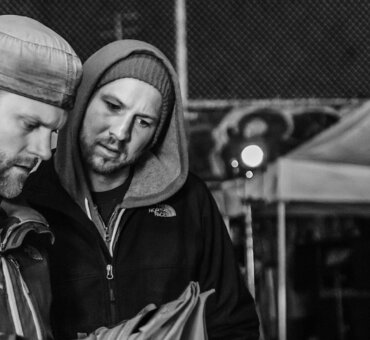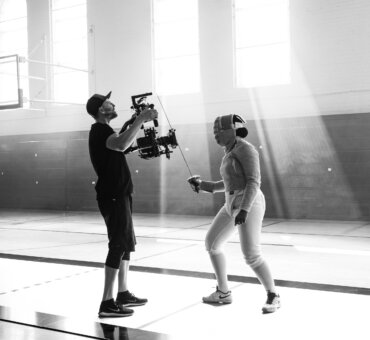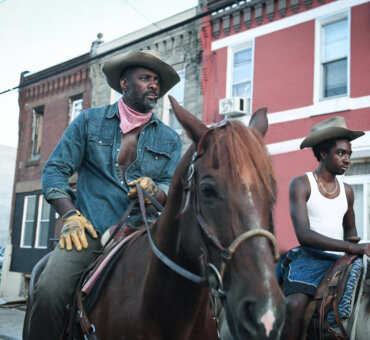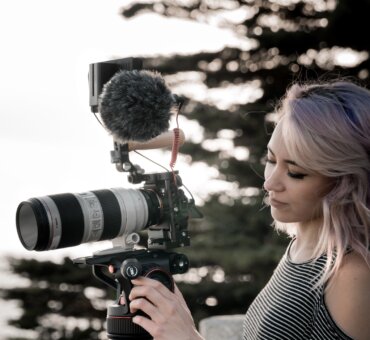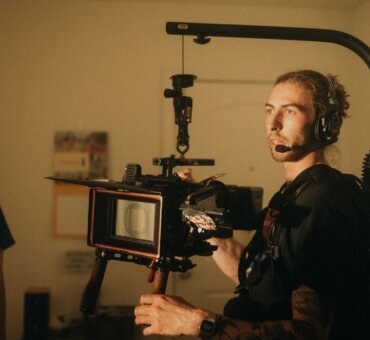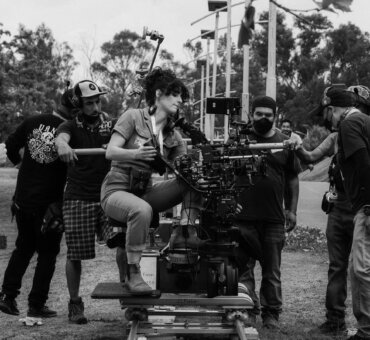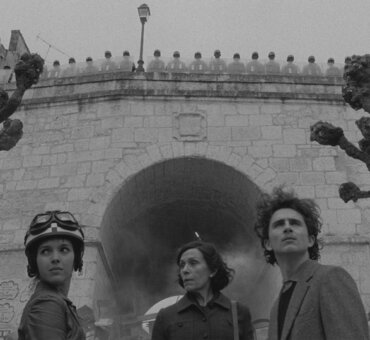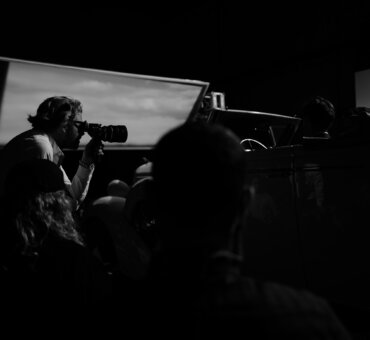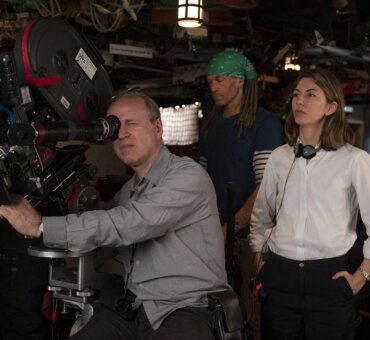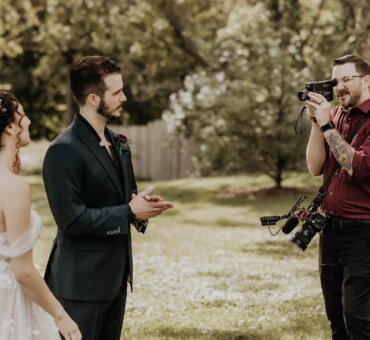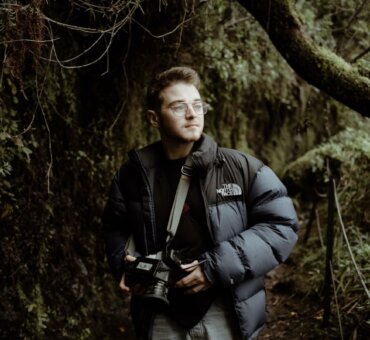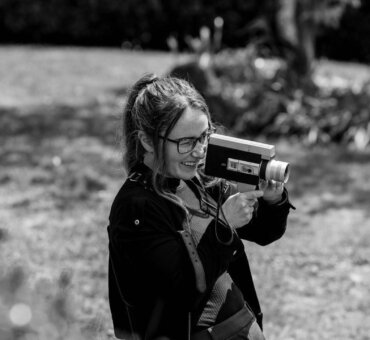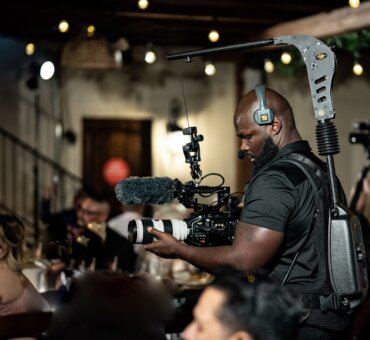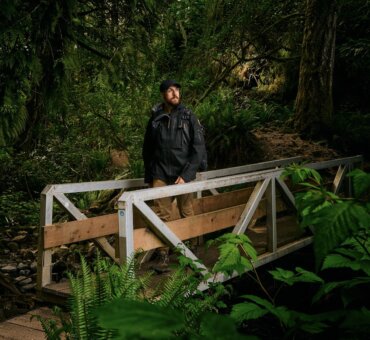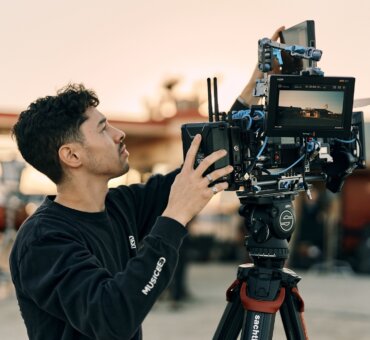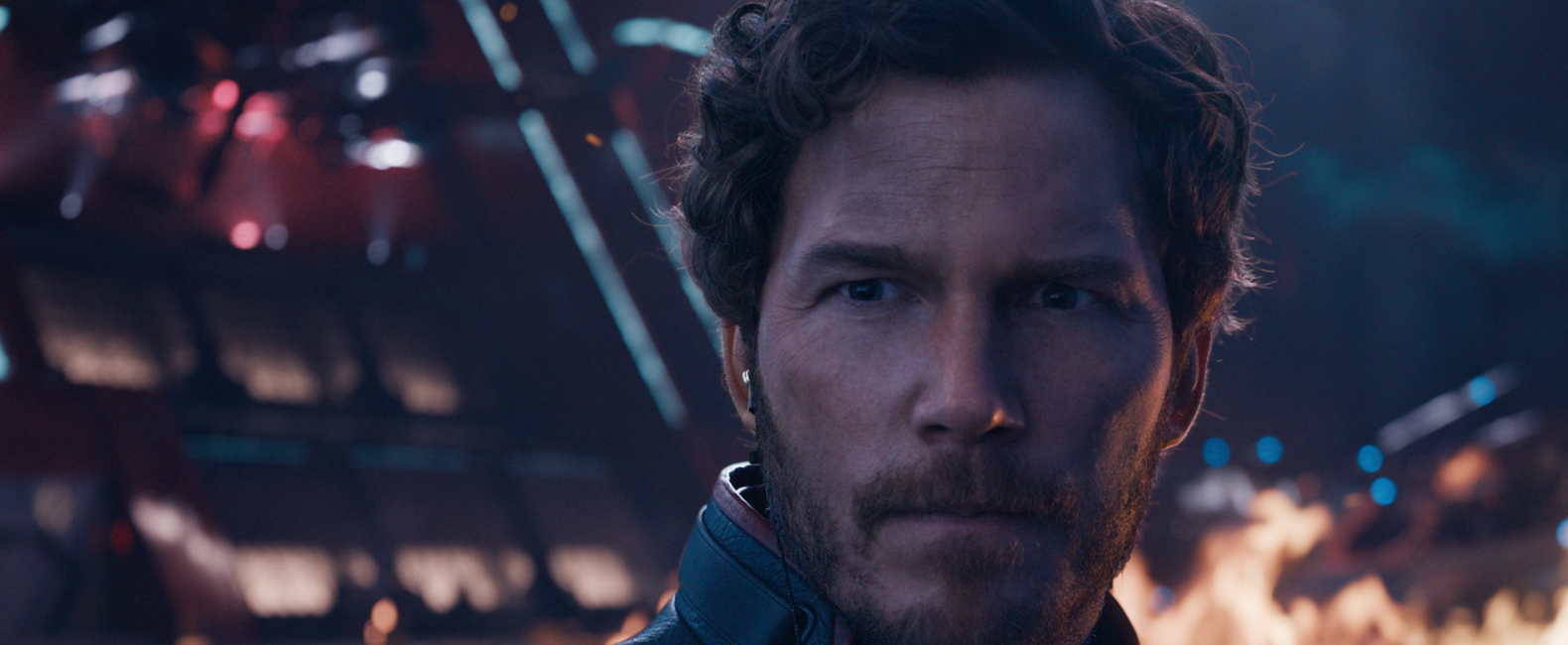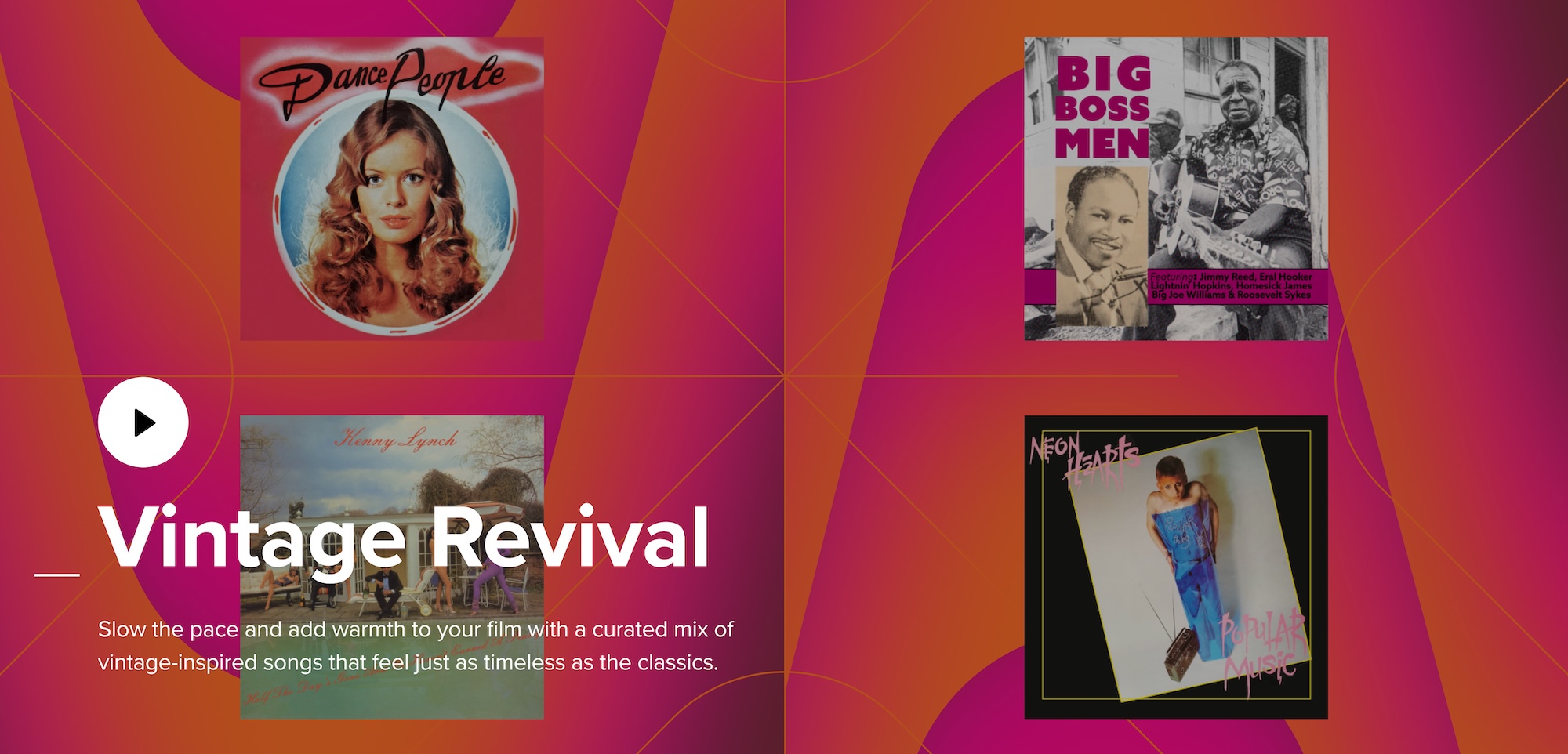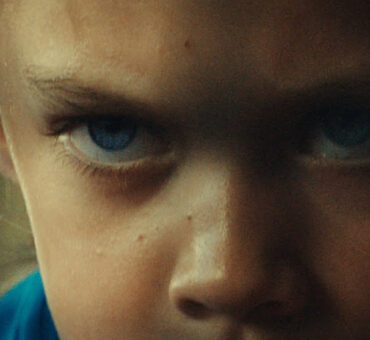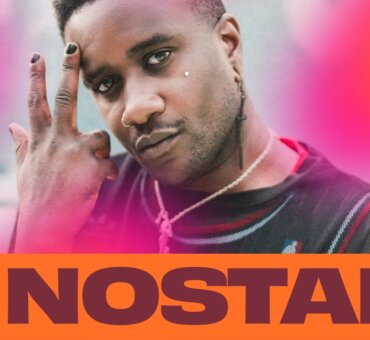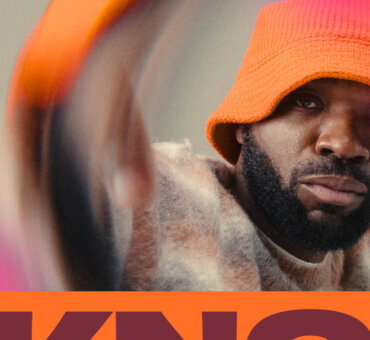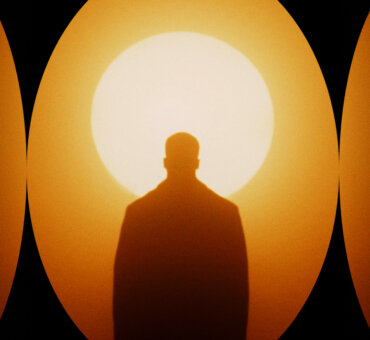Vintage music has become a go-to tool for filmmakers, showrunners, and advertisers looking to create a deeper emotional connection. Songs from the 1950s through the 1970s carry a sense of warmth, humanity, and rawness that modern songs often lack.
Whether it’s the analog texture, the lived-in vocals, or the associations built over decades of cultural memory, this kind of music adds dimension and soul to visual storytelling.
In recent years, vintage music has appeared everywhere—from blockbuster franchises to prestige dramas to alcohol-free beer ads—each time leaving a distinct imprint. The following three examples show how vintage music can do more than fill silence—it can shape meaning.
Vintage Music in Advertising
Heineken’s “Cheers or No Cheers?” | “Superstition” by Stevie Wonder
Stevie Wonder’s “Superstition” works brilliantly in Heineken’s “Cheers with No Alcohol” campaign because it hits three major creative and emotional levers at once:
1. Funky Confidence with Zero Preachiness
“Superstition” has a swagger. The clavinet riff is instantly recognizable, bold, and cool—and it doesn’t scream, “Look at me, I’m a beer ad.” That’s critical for an alcohol-free product trying to win over skeptics without sounding like a PSA.
The song’s groove matches the spot’s message: You can skip the alcohol and still be the life of the party.
2. Irony + Message Alignment
The lyrics—“superstition ain’t the way”—subtly challenge outdated drinking norms. It flips the script: You don’t need alcohol to toast, celebrate, or have fun.
Using a song about rejecting irrational beliefs in a spot encouraging people to rethink their assumptions about booze? That’s smart, cheeky brand alignment.
3. Timeless Familiarity = Broad Appeal
Stevie Wonder’s song is iconic across generations. It connects with older audiences who grew up on it and younger audiences who know it through movies, TikTok, and pop culture.
That makes it a perfect fit for a product like Heineken 0.0, which aims to feel relevant across demographics, not just health-conscious millennials.
Vintage Music in Film
The Guardians of the Galaxy Trilogy | Various Artists
Here’s why the soundtrack from Guardians of the Galaxy helps drive the story, deepen the characters, and connect with audiences on every level.
1. Emotional Anchoring Through Character
The Awesome Mix Vol. 1 plays a huge role in Peter Quill’s connection to his late mother and his childhood on Earth. Every song, from “Ain’t No Mountain High Enough” to “Fooled Around and Fell in Love,” carries a piece of his emotional backstory.
What makes these selections work so well is that they not only act as fitting background music, but they also tell a continuous backstory throughout the entire film.
The music holds weight because it’s directly tied to Quill’s identity, his grief, and his longing for home, which gives each cue a deeper emotional resonance than any traditional score could.
2. Juxtaposition = Humor and Humanity
Dropping upbeat tracks like Mr. Blue Sky’s “Electric Light Orchestra” or “Hooked on a Feeling” by Blue Swede into high-stakes space battles adds instant levity and surprise.
This contrast between cosmic spectacle and vintage funk turns what could be standard sci-fi action into something warm, funny, and full of personality
It grounds the story in something familiar, even when the visuals are anything but.
3. Cross-Generational Connection
The soundtrack brings together multiple audiences at once: people who lived through the ’70s, people who inherited the music from their parents, and younger viewers discovering it for the first time.
This wide emotional range is what makes it so effective.
The songs feel nostalgic and fresh, tapping into a shared musical memory that expands the film’s appeal and makes the entire experience more emotionally accessible across generations.
Vintage Music in TV
“Quite a Ride,” S4:E5 Better Call Saul | “Street Life” by Randy Crawford
In just a few minutes, Randy Crawford’s “Street Life” turns Saul Goodman’s street hustle into a stylized, bittersweet turning point—proof of how powerful a single music cue can be when it’s both sonically and thematically dialed in.
Absolutely—here’s a refined version of the analysis with the “Why it works” insights naturally woven into each paragraph:
1. Grit Meets Glamour
The jazzy, sophisticated vibe of “Street Life”—with its lush horns, smoky keys, and Randy Crawford’s silky vocals—immediately injects a sense of suave energy into the scene.
But what we’re actually watching is Jimmy selling burner phones to sketchy customers in a parking lot.
The music romanticizes the hustle the way Jimmy does himself, casting his street-corner grind in the glow of something glamorous, even though it’s cheap, desperate work. That dissonance between the elegance of the sound and the grit of the visuals is exactly what makes the moment stick.
2. Irony That Reflects Jimmy’s Slide
Lyrically, “Street Life” is about survival, performance, and living behind a mask—“I play the street life / because there’s no place I can go.” That sentiment mirrors Jimmy’s internal shift as he leans into his Saul Goodman persona.
He’s not just bending rules anymore—he’s learning to perform his way through life. And the song captures the moment Jimmy stops justifying his behavior and starts owning it.
3. A Retro Sound for a Slippery Future
Better Call Saul lives in the murky gray between right and wrong. “Street Life,” with its smooth, vintage sound and melancholy undertones, perfectly fits that world. It sounds cool and polished on the surface, but beneath the groove is something mournful.
The song helps the audience feel the moral slippage even as they tap along to the beat, turning the soundtrack into a tonal lens that deepens the scene’s complexity.
Songs That Bring Soul to All Media
Vintage music works because it brings something human to the screen. These songs carry history, emotion, and imperfections that make a moment feel lived-in rather than manufactured.
When used thoughtfully, they evoke a mood, they reveal character, and invite the audience to feel something deeper.
Whether it’s Stevie Wonder adding swagger to a “beer” ad, Randy Crawford underscoring a moral turning point, or a mixtape defining a Marvel hero’s identity, the right vintage song can sharpen the story in ways little else can.

